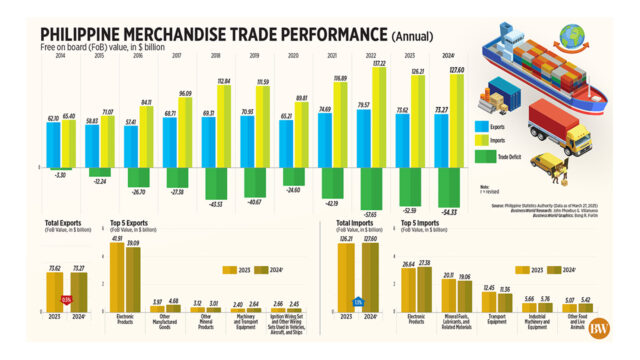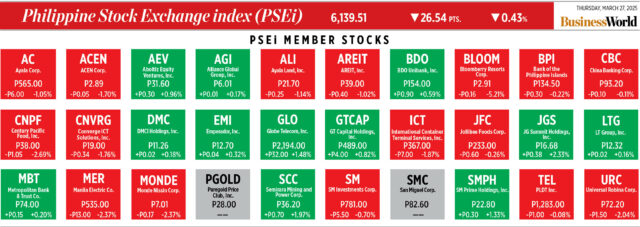I read a past article of yours on the “lost art” of writing employee commendation letters. The trouble is that our employees are comfortable performing only the minimum requirements of their job. Even if we would want to commend people, there’s simply no reason to celebrate anything. So, what’s the cure? — Water Spider.
No matter what, don’t lower your standards, but make them reasonably achievable and realistic for everyone. To do that, the key is “to catch people doing something right.” That’s the prescription of American author and management consultant Ken Blanchard, who wrote the 1999 classic Catch People Doing Something Right.
I know how difficult it is to catch people doing something right, but it’s not exactly impossible, if you know how. Would it require micro-management? Far from it. You have to watch people perform their routine from a distance. That’s only possible if you know the basic content of their tasks, their performance standards, their timeline, and the department goals.
Blanchard says: “Catching people doing things right provides satisfaction and motivates good performance. So, remember: give praise immediately, make it specific, and encourage the person to keep up the good work. It’s a great way to interact with and affirm the people in your life — and it will make you feel good about yourself too.”
That means creating an environment where people are motivated to work not necessarily hard, but smart enough to exceed your expectations. Blanchard’s advice points to an approach to persuading direct reports and other similarly situated employees to achieve what you want them to.
Try to remember when you were commended by your boss for doing an excellent job. How did it feel? I’ll bet you were on cloud nine and looking for ways to do it again, perhaps while aspiring for a promotion or merit increase.
It would help to know how to write an ideal letter which goes beyond saying, “great job,” which may seem meaningless after a while, especially if not accompanied by specifics on how the “great job” was performed and how it benefited the organization.
LOST ART
The Lost Art of Writing Commendation Letters was published in this space on Jan. 27, 2023. The article emphasized the basic elements of the ideal letter. To refresh the memory, let me enumerate the following elements:
One, specific description of the employee’s extraordinary accomplishment. Note the key phrase is “extraordinary accomplishment.”
Two, the beneficial impact of the achievement on the organization. It could be in the form of financial gain or an improved image.
Three, immediacy. The faster the letter is issued, the better. Any delay could diminish the positive impact of the letter.
Four, formality, as opposed to a casual communication like an e-mail.
And last, no false expectations of a promotion or pay increase.
Many of these elements can’t be found elsewhere, even if you resort to ChatGPT. As of this writing, ChatGPT offers an answer that might help you write a professionally made letter, properly formatted, with an appropriate salutation, opening paragraph, body of text, and closing paragraph.
This is useful for composing a respectable commendation letter. Per my experience, however, people managers must touch on many more important points to maximize the letter’s beneficial effects on the employees. Here are some of those points:
One is rank of the signatories. The higher the rank, the better as it emphasizes the significance of the achievement. Depending on the achievement and impact, the chief executive officer (CEO) could be included as a signatory, along with the department head and immediate boss.
If an employee is being lauded for perfect attendance, the signatory could be the immediate boss, copy furnished to the department head and the HR department, but not the CEO.
Two, 201 folders. Ensure that a copy of the commendation letter is included in the employee’s file with the HR department. Also, it is recommended that a digital copy be prepared for easier access. Both formats are necessary to establish institutional memory in regard to an employee’s achievement.
This involves giving the original copy to the employee, with a duplicate copy retained for 201 files.
Three, public sharing. Again, depending on the significance of an employee’s achievement, it is advisable to share the information with employees and management. It may include the publication of the employee’s accomplishment through a circular for posting on all bulletin boards.
It’s also advisable to write a feature article, complete with photos published in the company newsletter or similar publications. Whatever the value of an achievement, you can maximize the process by giving a printed copy of the commendation letter to the employee’s spouse or parents.
In conclusion, don’t take the process of writing a commendation letter lightly. Otherwise, it may reflect on the sincerity of management. Go ahead and reflect on your experience. Then find ways to catch people doing something right with your help.
Bring Rey Elbo’s unique leadership program called “Superior Subordinate Supervision” to your management teams. Learn from his unique methodology. Send an e-mail to elbonomics@gmail.com or via https://reyelbo.com.















